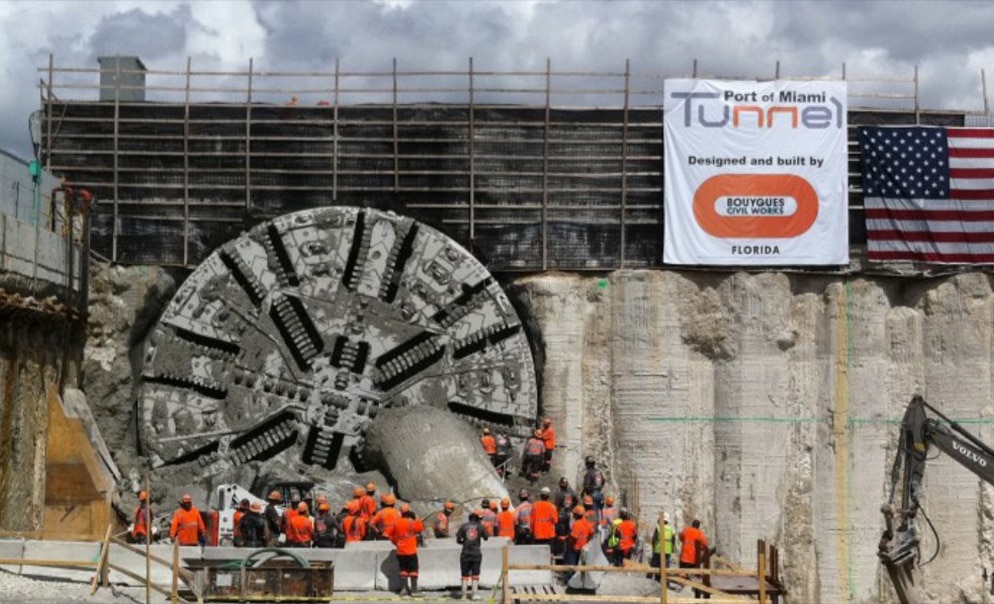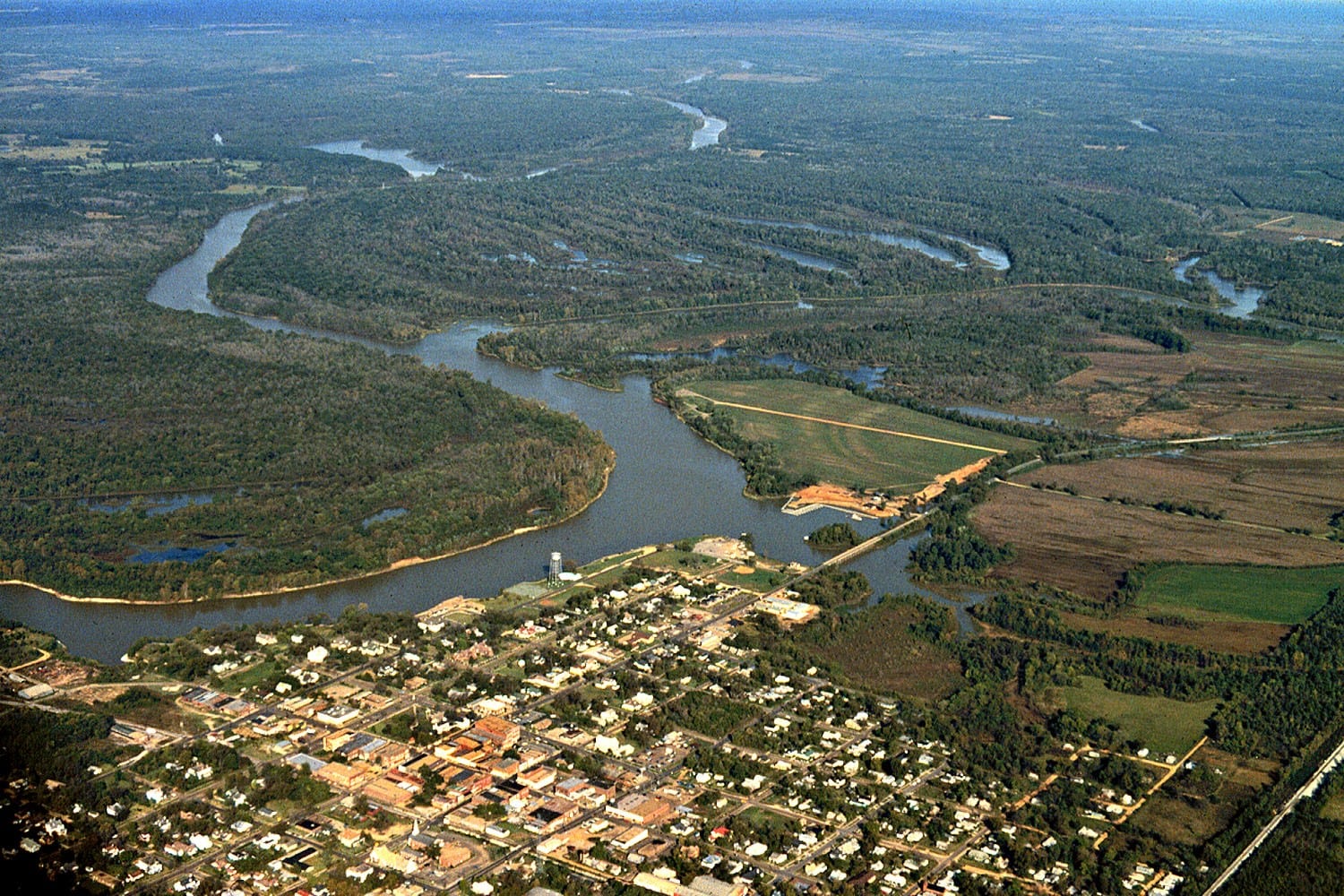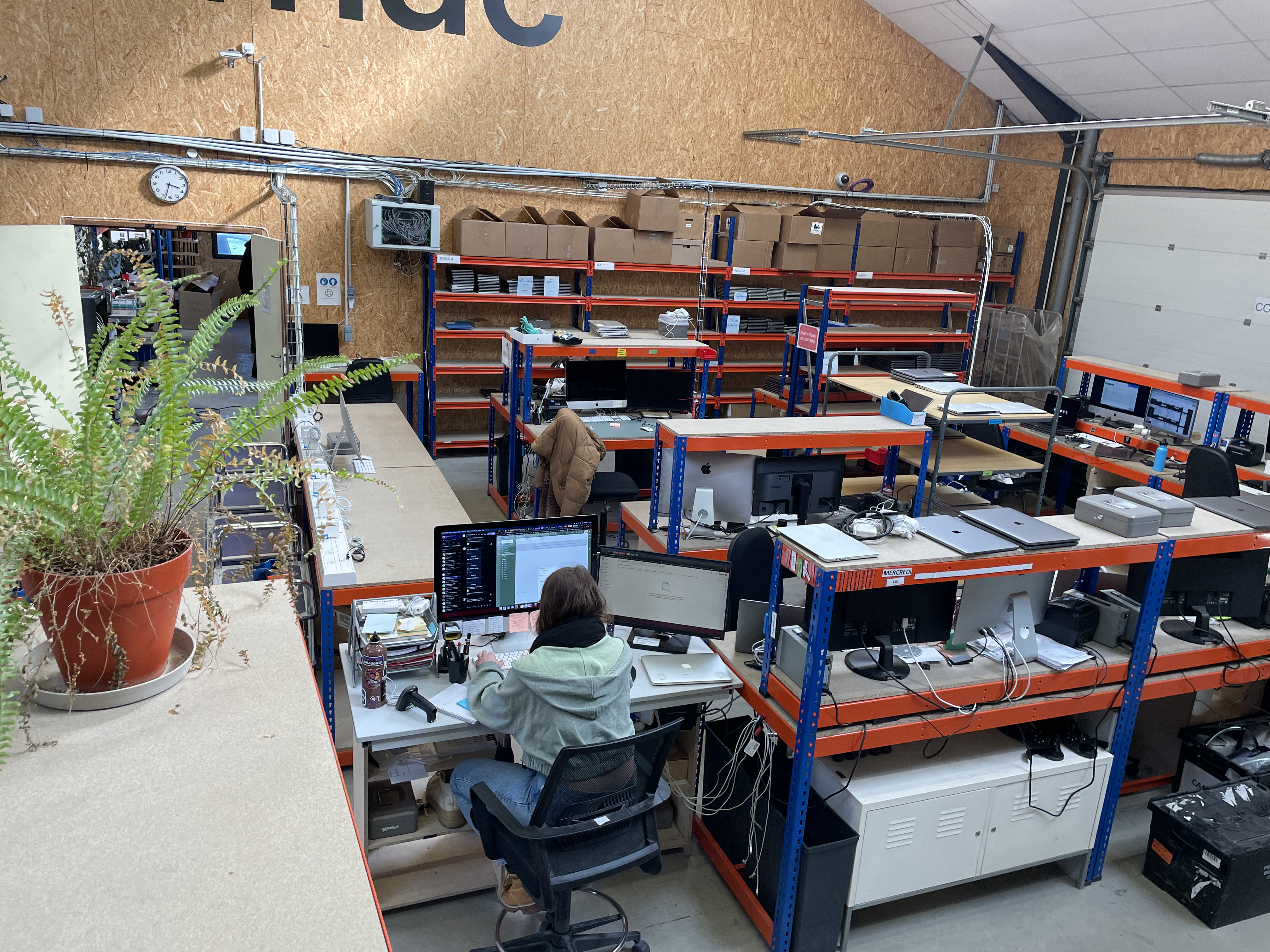Our impact
Miami Access Tunnel
Management of geotechnical risk
A demonstration in managing complex tunnelling
Public-private concession agreement
35 year
On 6 May 2013, a massive Tunnel Boring Machine (TBM) broke through into its reception box on Miami’s Watson Island, at the end of a second tunnel drive beneath the city’s Government Cut waterway. As it emerged, on schedule and under budget, the TBM marked a successful conclusion to a process of risk management stretching back over a period of four years and more.
In 2009, the Florida Department of Transportation (FDOT) signed a 35-year public-private concession agreement with MAT Concessionaire LLC for the financing, delivery and operation of the Miami Access Tunnel. This in itself was a significant milestone.
The public private partnership secured the long-term financing needed for construction and operation of this vital and major new infrastructure, valued at $900m. It also meant FDOT and its public partners could access market expertise for taking on the technical challenge of the MAT project and managing the risks involved.

As a method of construction, tunnelling is generally regarded as high risk, due to the often variable and hard-to-predict nature of ground conditions; beneath the Government Cut, the geology was expected to consist largely of layers of soft and porous sedimentary rock.
“The tunnels could not go deeper, into stronger or more reliable material, due to gradient restrictions for the road link between islands only just over a kilometre apart. So the risks were compounded by shallow cover, of less than the diameter of the tunnel between the top of the TBM and the waterway above,” says Meridiam’s Lead Technical Expert Parviz.“The two tunnels also had to be bored with a single TBM and in close proximity to each other, to allow interconnecting escape passages to be built, so there was substantial risk of ground movement in the first tunnel as the TBM passed for a second time.”
As Meridiam’s Lead Technical Expert, Parviz provided key technical input to MAT Concession. The project team dedicated to overseeing construction of the MAT would perform a critical role, working with the project sponsors and contractor Bouygues Civil Works Florida (BCWF) to manage the risks involved.
“Two principal reasons can be highlighted for the tunnelling success: the way the contract was drawn up, and the manner in which the work was managed as it progressed. It was a very good partnership, with a lot of discussion between FDOT, the concessionaire and BCWF,” Parviz says.“The contractual structure was particularly well thought out. It was done in a way that transferred risk to the contractor and incentivised it to avoid additional work and delays, but still made bids affordable. The risks were clearly defined by FDOT, so contractors could price for them.”
Risks of additional costs arising from geotechnical conditions would be shared between FDOT and MAT Concessionaire. The contract regime made the concessionaire fully liable for the first $10m. FDOT was allocated responsibility for costs over $10m up to $160m. MAT would be liable for further costs up to $180m and above that either party had the right to terminate the contract, or negotiate cost-sharing.
Further detail was ironed out in negotiations leading up to the signing of the concession agreement, as Parviz explains:
“From an early stage, we were careful to ensure BCWF had a pass-through lump sum contract. This protected Meridiam by passing all geotechnical risk onto BCWF and made sure the contractor could only be paid for additional work if FDOT agreed its claim. We then played an active role in working with BCWF to ensure its design was suitable for the ground conditions,” Parviz says.
MAT Concessionaire and BCWF were aided by information that FDOT could provide after completing a detailed ground investigation. Costing more than 1% of the circa $600m construction contract, FDOT’s study of the underlying geology was thorough for projects of its size.
This resulted in a design that incorporated substantial amounts of soil and ground improvement, including formation grouting ahead,above and around the TBM to give it more solid ground to tunnel through, with less risk of water ingress.


